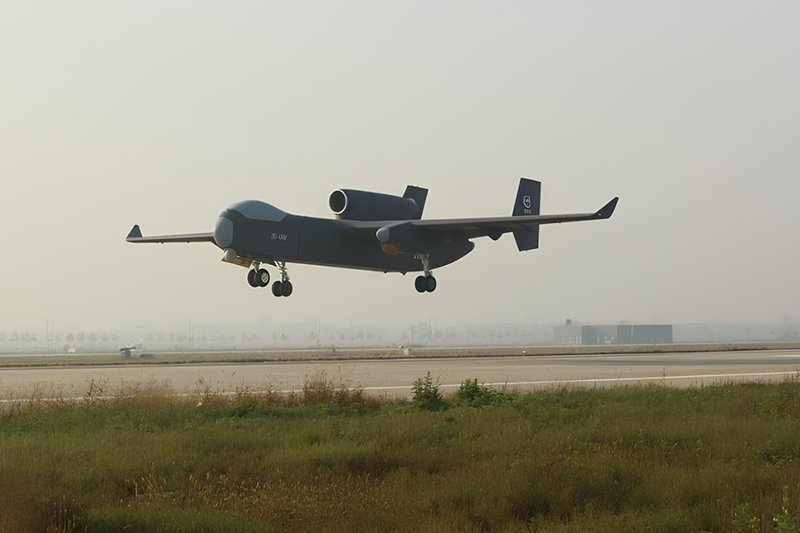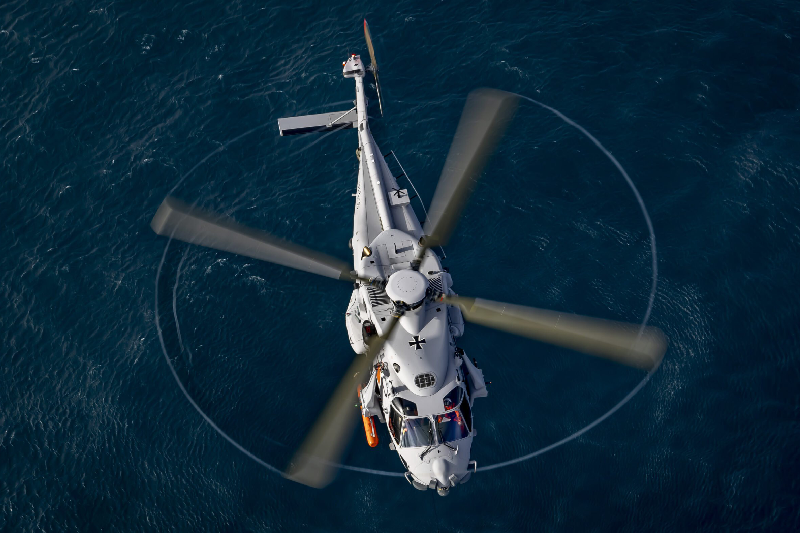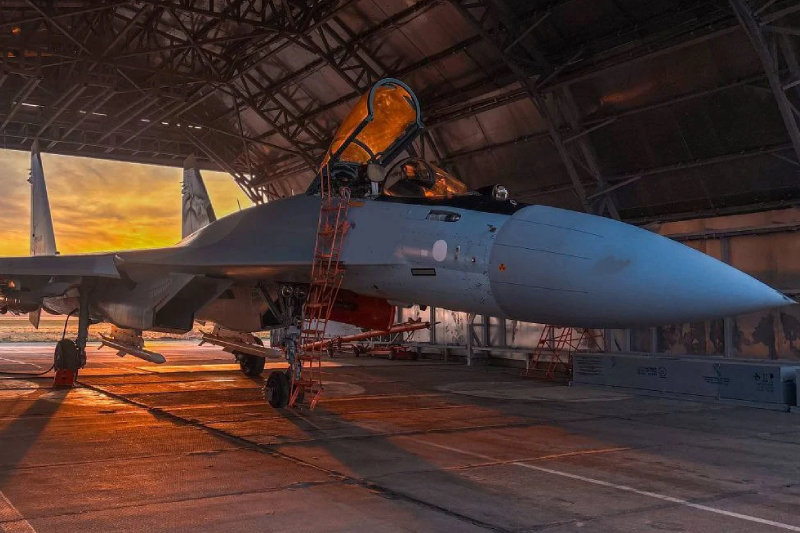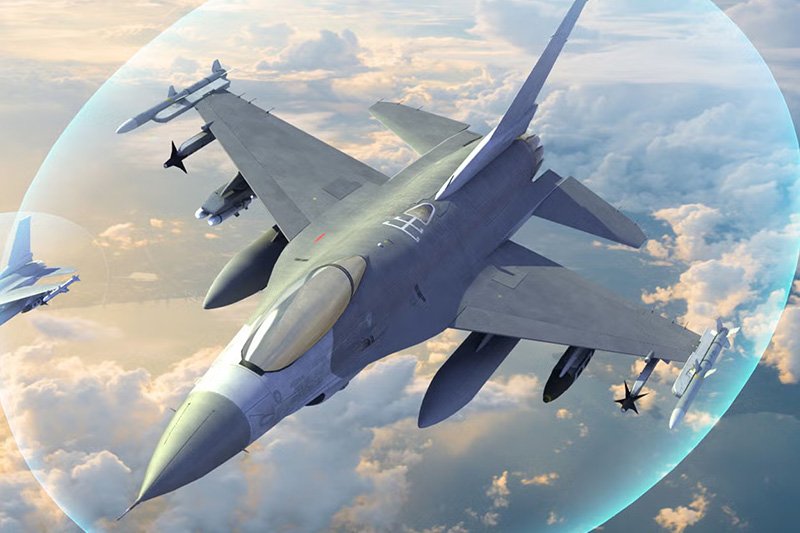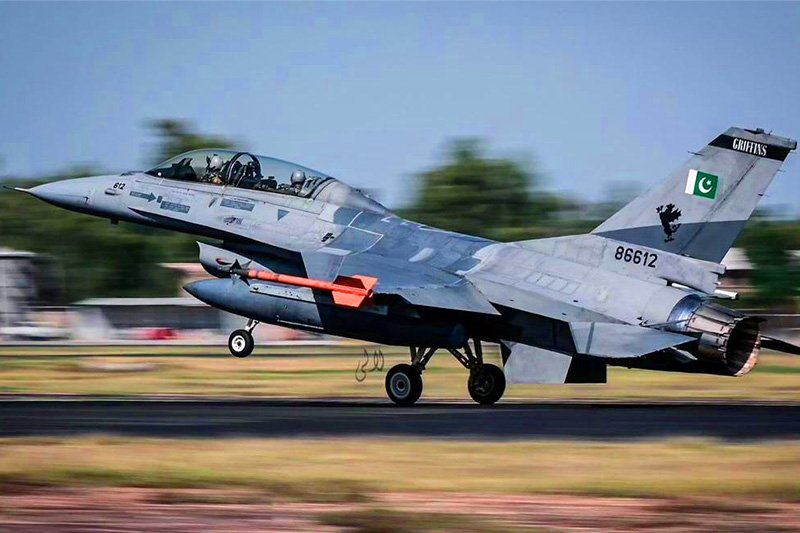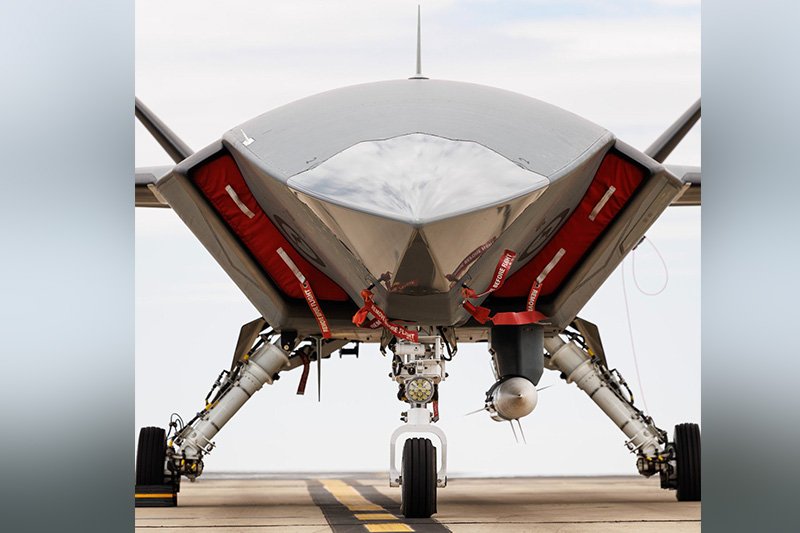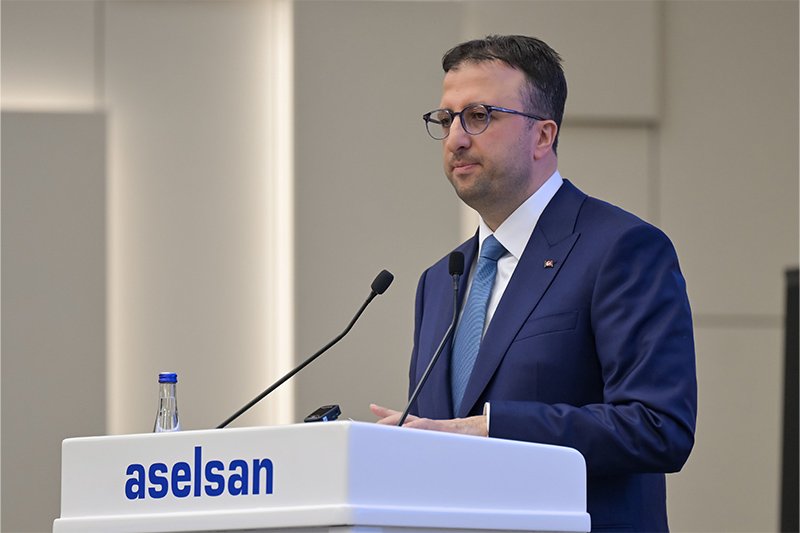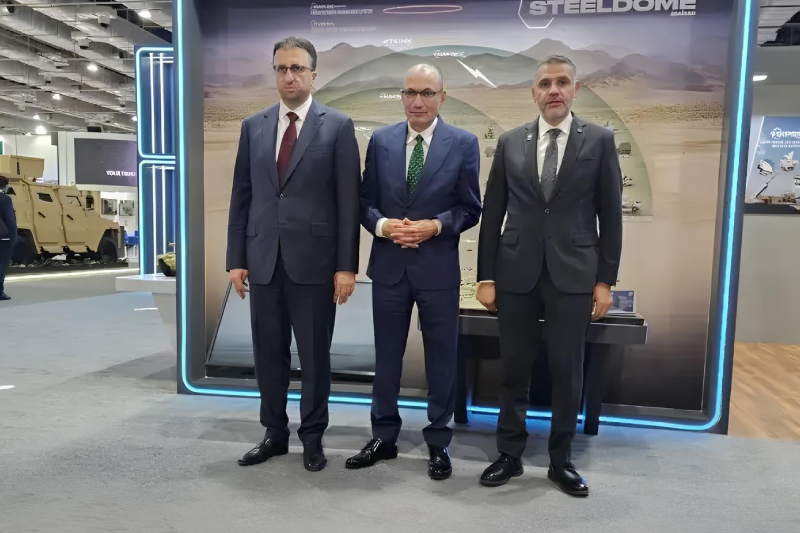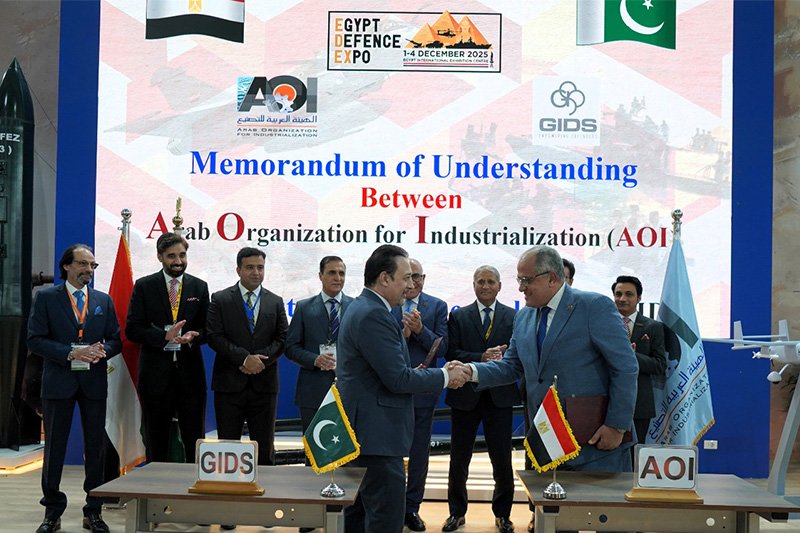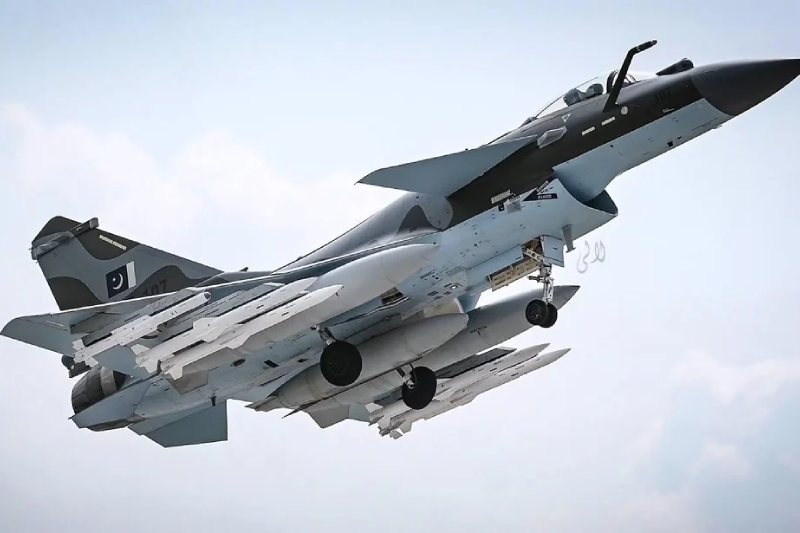Why is shooting down a fighter jet such a big deal?
Modern era warfare is seen for it’s multi-faceted domains of belligerent engagement this makes them show case theater for power-projection and helps maintain their prestige through the glory of physical assets. In this case air superiority becomes the most used and feasible domain with fighter jets being the aerial symbol of national power, technological innovation and prestige. Shooting down a fighter jet mean destroying an airborne aircraft through missile anti-air system rendering them inoperable. The downing of an aircraft has a far more significant impact than just being seen as an act of war.
It represents the loss of highly advanced and an expensive weapons that directly challenge another country’s pride and sovereignty. Such incidents can further escalate tensions, cause diplomatic crisis and can turn the trajectory of conflicts. This therefore not only makes shooting down a fighter jet a military achievement but also a political and symbolic event that transcends the boundary of battlefield demographics.
Following would be a detail analysis as to how Shooting down a fighter jet is a major event
and what makes it a carrier of military, political, psychological, and diplomatic consequences.
Military and Strategic Significance: The Contemporary Context
Fighter jets as instruments of aerial superiority
In the context of modern warfare, aerial superiority is decisive and a strategic contributer to the
success of land and sea based operation as well. Fighter aircrafts are the instruments of State’s
aerial glory that seek to establish control of a country’s airspace or contested airspace in a
belligerent environment as well as it’s State sovernighty. The strategic logic here demonstrates
that an adversary that is neutralized in the air loses it ability to project force and fails to give
way for other related missions.
As demonstrated in the Gulf War 1991, the US coalition’s systematic subservience of Iraqi air defenses and air assets gradually led to a permissive situation that favored the coalition to easily proceed ground operations with little resistance. The strategic reflection here demonstrates the Clausewitzian principle which is that the destruction of enemy’s means of resistance enable the imposition of the political will. Fighter jets therefore are not merely some tactical tools but rather serves as operational carriers that steer and shape the conduct of an entire campaign or a mission.
Deterrence and strategic signaling
Beyond just battlefield role playing, fighter aircraft play an important part for strategic
deterrence and coercive diplomacy. Their pro-active force demonstration or deployment serves
as physical manifestations of political imposition, this is done to assert among the adversary a
reassessment of their strategic choices without the need of active combat. The presence of
NATO fighters conducting Baltic Air Policing since 2014 demonstrates air diplomacy
particularly in the coercive sense meaning NATO’s aerial patrols symbolize alliance building,
solidarity as per it’s doctrine and credible threats against any Russian incursion. As Thomas
Schelling writes fighter jets perform the role of ‘threats that leave something to chance’
meaning the demonstration of latent capability that influences the adversary’s risk assessment.
Therefore their capacity to be deployed within hours (and even minutes depending upon the
distances) across huge distances ensures that air power still remains the most feasible tool in
crisis management and escalation control.
Operation versatility and Battle field integration
Modern day fighter jets are polyvalent. A single jet such as the US made F-35 or France made
Rafale can conduct air to air engagements, precision strikes against strategic infrastructure as
well as providing air support for ground operations. Therefore there multi-faceted role-playing
make them vital in combat as well arsenal weightage of a country. The technological
integration of electronic warfare systems and control and communications systems boost
fighter jets as a multi-faceted assets, linking their aerial operational ability with land, sea, cyber
and space domains. These help functionalize fighter jets not just as mere combat assets but also as information sustainers contributing to a more holistic situational awareness and command structure of joint operations.
Human decision-making and the limitations of automation
The rise of unmanned combat aerial vehicals (UAVs) have given rise to discussions regarding
the redundancy of piloted fighter jets. But if strategic overview is given a thought, manned
aircrafts still hold certain irreplaceable qualities. A human pilot offers immediate adaptability
and better situational intuition in high pressure and uncertain environment, these qualities
cannot be seen in AI as high-tempo environments need immediate but very careful reaction
response something AI lacks.
In today’s electronic warfare, where drones or other systems are susceptible to cyber tempering and jamming, the independence of a pilot ensures mission continuity. Moreover, in situations such as close-range air to air combat operations in urban areas rapid human judgment still remain of critical importance. Fighter jets therefore not only embody technological prowess but show the importance of human agency in war or high
adrenaline environments.
Fighter jets as system of systems
Modern fighter jets are not just single and isolated combat platforms but rather act as a central
nodes in a system of systems meaning integration of multiple independent but interlinked
systems such as satellites, airborne warning, control aircraft (AWACS), electronic warfare
assets, ground base radars, naval vessels all into a single network based battlespace. Therefore
fighter jets do not fight only on it’s own but rather are nodes that are amplified by a large
network.
For instance, an F-35 is equipped with advanced sensor fusion technology this allows
it to collect radar and electronic signals across the battlefield. But that abstract form of it’s
truest and supreme sense lies in it’s ability to share that information in real time with other jets,
ships or ground forces through secured data links. In this way the jets become both shooters
and sensors as well, coordinating with other systems to extend situational awareness and
combat reach. This ensures a seamless combat coordination across all domains creating a
strong, networked and aware battlefield front.
What are 4.5 and 5th generation fighter jets and why are they such a big deal?
4.5 generation Aircrafts
These aircrafts emerged in the late 1980s and 90s during the post-cold war era when defense
budget was slowly decreasing, and in order to be technologically innovative while also being
economically pragmatic. So instead of making new designs, 4th generation aircrafts were
remodeled with various new and even fifth generation features. These aircrafts incorporated
improvements such as Active electronically scanned array radars (AESA), enhanced data links,
Beyond visual range engagement, radar-absorbent coatings and thrust vectoring engines
allowing them to perform multiple roles such as modern network centric and electronic
warfare, air superiority missions to ground attacks and surveillance and reconnaissance while
being cost effective.
4.5 generation aircraft fill the technological space between old and new by bridging gap
between older fourth generation aircraft and the expensive, technologically advanced fifth
generation designs. Therefore for a country unable to afford or develop stealth platforms, 4.5
generation aircrafts provide strategic accessibility with advanced effectiveness.
5th generation aircrafts
Fifth generation fighter air crafts upon induction made a revolutionary leap in combat aviation.
They are incorporated by stealth and sensor fusion, allowing them to enter contested air space
undetected and also deliver lethal precision strikes with little obstacles. They also have low
observable radar signatures, super cruise capability meaning having supersonic flight without
after burners, advanced thrust vectoring for super maneuverability, highly integrated avionics
and sophisticated sensors, allowing pilots to have 360 degree situational awareness. Moreover,
having high-capacity data links make them central airborne platforms in network centric
warfare. These features make them master cross-domain operational orchestrators.
The significance of fifth generation fighters lie in their role of steering the conduct of modern
aerial warfare, it tilts there traditional role from reactive engagements to proactive high pressure battlefield management. The prestigious structural marvel of fifth gen air crafts make them a symbol of strategic reach and technological mastery for superpowers. Air crafts such as US’s F-22 Raptors and F-35 Lightning II, Russia’s Su-57 and China’s J-20 demonstrate both the physical and abstract advantages for these respective states.
Why is shooting them down a big deal?
It is important to note that the features mentioned above make them extremely hard to detect
or knock out.
Rarity and Expense
These aircrafts are one of the most expensive and technologically revolutionized assets in any
air force. An F-35 for instance can cost over $80 million per unit. Even 4.5 generation fighter
jets like Rafales or Eurofighter typhoon carry single plane cost of tens of millions. Recently,
India bought another fleet of Rafales 36 in total costing through the inter-governmental contract with France in 2016 for $6.3 billion. Therefore shooting down one not only costs a country loss of years of investments, prestige and industrial prestige. This is what happened in the 2025 clashes between India and Pakistan where the latter managed to shoot down allegedly 6 Rafael fighter jets with 1 Rafael hit confirmed by the chief of staff of the French air and space force. This delivered a stark blow to the operational strength of the Indian air force while also serving as the unfortunate example of questioning the invincibility of advanced technology, leading towards a propaganda victory for the adversary.
Symbolic and psychological impact
These jets are a symbol of national power and technological legitimacy of a state. When one is
shot down it undermines the political prestige and military credibility. For instance the downing
of a 3rd generation Indian MiG-21 bison by Pakistan’s F-16s caused such massive media and
political Waves.
Impact on Deterrence and Doctrine
States invest in these fighters not only to fight wars but also to deter them. A single shoot-down can considerably erode deterrence. For example, if a stealth fighter like the F-35 were to be shot down, it would immediately challenge decades of claims about its survivability and
superiority. This would help embolden the rivals, unsettle allies, and potentially tilt regional
balances of power. Militaries would also have to reassess doctrines for example, whether they
can still risk sending these jets deep into contested territory.
Also read this: Chinese Sanctions Threaten US–Korea Naval Ties
Geopolitical Escalation
Because these planes are so valuable and tied to national prestige, their loss can spark political
escalation. Leaders might even feel compelled to respond disproportionately to “avenge” the
loss or reassert credibility. For instance, if a 5th gen jet is downed by a rival’s missile system,
it could trigger retaliatory strikes not just for tactical reasons but to restore deterrence. In other
words, the destruction of one jet can have cascading diplomatic and military consequences well beyond the battlefield.
Final Thought
Fighter jets are vital for a country’s assertive air force strategy while also act as advanced nodes
making battlefield spaces highly networked and coordinated. They dignify a country as being
militarily prudent and legitmate while also serving as deterrents through efficient capabilities.
Not just this fighter jets are symbol of a state’s prestige and national power therefore also carry
psychological baggage with them if successfully attacked during combat. This makes a
extremely expensive and important asset that if shot down not only undermine the expense
effort of a country but also it’s prestige, military power and national power as well as
psychological superiority that a coucountry feels over the vigor and advancement of it’s material
assets.
Keep connected with us at Facebook, Twitter, YouTube, Instagram & TikTok for latest defense happening around the globe.
Discover more from International Defence Analysis
Subscribe to get the latest posts sent to your email.


